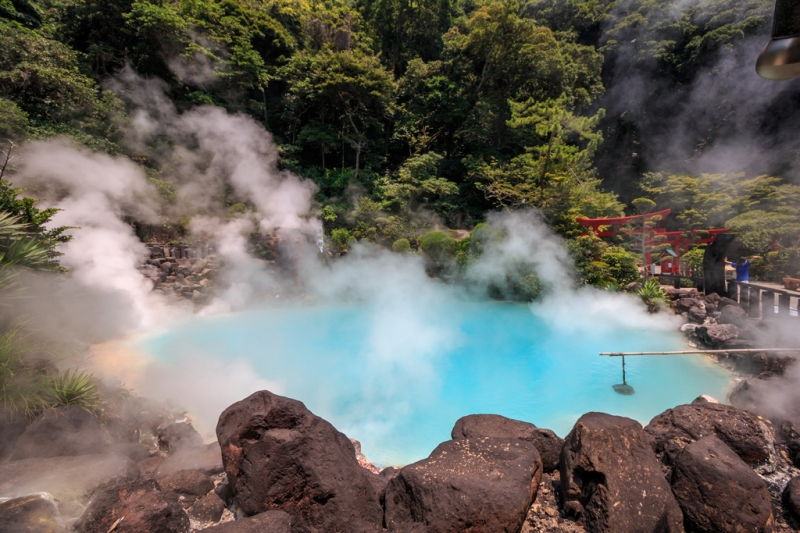
Onsen (温泉) – hot mineral springs. In Japan, due to high volcanic activity, there are incredibly many such sources. According to the Japanese Onsen Research Association, there are more than 3 thousand of them in the country. The very first onsen is considered to be Dogo Onsen (道後温泉) in Ehime Prefecture on Shikoku Island
(on the map),
it is more than 3000 years old. By the 12th century, bathing in onsen became widespread, and in the 17th century, signs to the springs were installed for travelers, and a tax was imposed on bathers (now 150-200 yen).
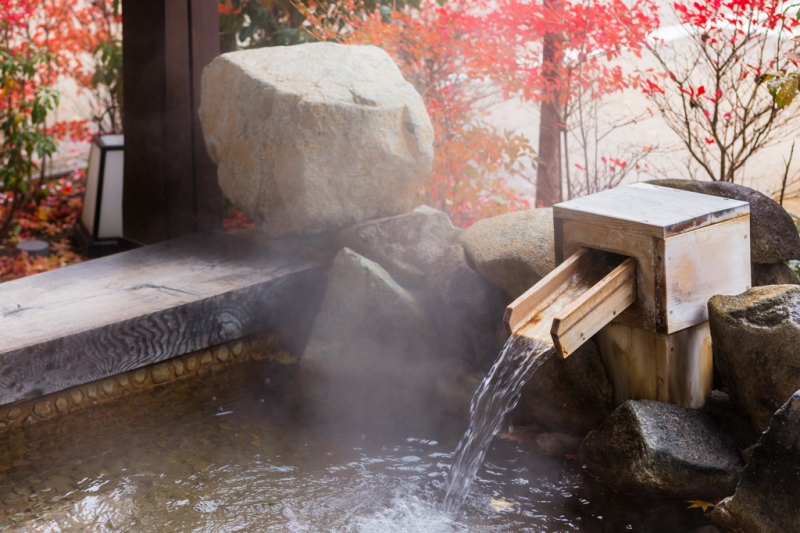
Onsen are either an independent, separate establishment, or part of a hotel service (ryokan). The onsen area may include: a restaurant, a relaxation room, a games room, massage rooms, a hot stone spa, a sauna, and a manga reading corner. Prices range from 500 to 2500 yen (300-1500 rubles).
To avoid getting into an awkward situation, you need to know how to behave, so remember. First, visitors go to locker rooms, separate for men and women. Towels are provided free of charge, or are inexpensive – 100 or 200 yen (60-120 rubles).
What are the rules of conduct:
1) they don’t wash in the source itself. Before diving, you should definitely wash yourself, even if you consider yourself clean. At the onsen there is a shower, possibly stools (they sit on them when washing) and various gels, shampoos and conditioners;
2) no photography allowed;
3) tattoos are usually not allowed in (they are associated with the Japanese Yakuza mafia),
but small tattoos can be covered with adhesive tape, it’s unlikely that anyone will find fault, in any case, this is worth clarifying;
4) don’t make noise, this is a place to relax;
5) entry under the influence of alcohol or drugs is prohibited;
6) children over a certain age (usually 7-8 years old) are not allowed into locker rooms with the opposite sex.
Onsens are divided into an indoor part and an outdoor part. In winter, when the temperature is below zero, not everyone will dare to go outside, but it’s worth a try, the source is warm.
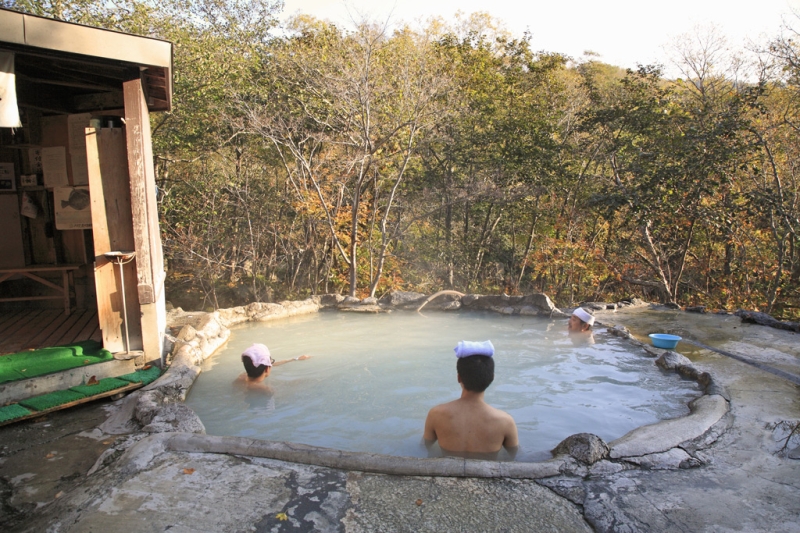
After washing, you can safely dive into the onsen, you can leave the towel on the shore. The Japanese take small towels with them, and then cover their heads with them in the water. It is customary to swim naked in onsen, but in popular tourist places there are “swimsuit” areas, if compared with our realities – something like a water park.
The Japanese believe that, depending on the composition of the water, onsen can help with skin diseases, joint pain, diabetes, and women’s ailments. On the other hand, hot baths are harmful for high blood pressure and heart disease.
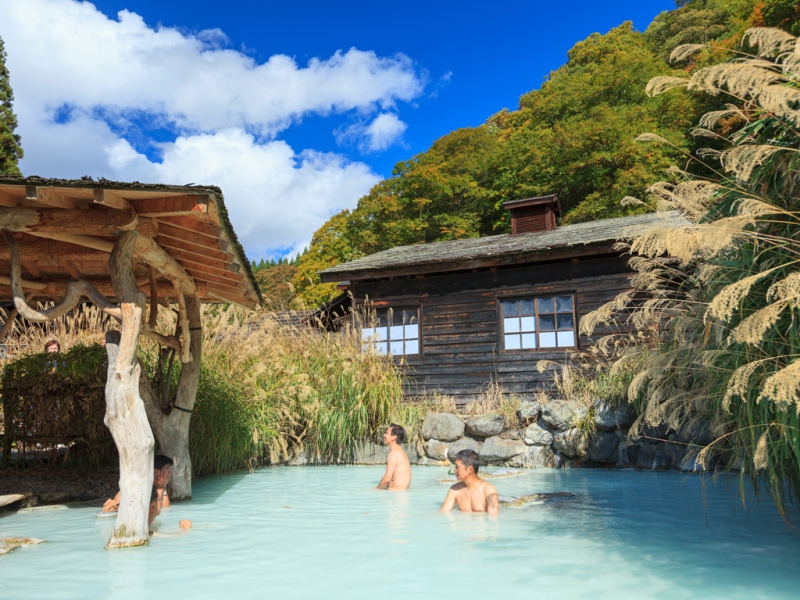
5 most popular onsen in Japan
1. Tokyo
Saya no Yu Dokoro (さやの湯処). Website: www.sayanoyudokoro.co.jp
This establishment ranks among the best onsen in Tokyo. There is not only a spring with greenish water rich in sodium chloride, but also an exquisite Japanese garden, as well as a restaurant with delicious soba noodles and seasonal dishes. Bathing in this onsen is especially beneficial for patients with neuralgia, chronic rheumatism and circulatory disorders. Also included are 14 other types of baths and a hot stone bath.
Payment from 830 yen (500 rubles).
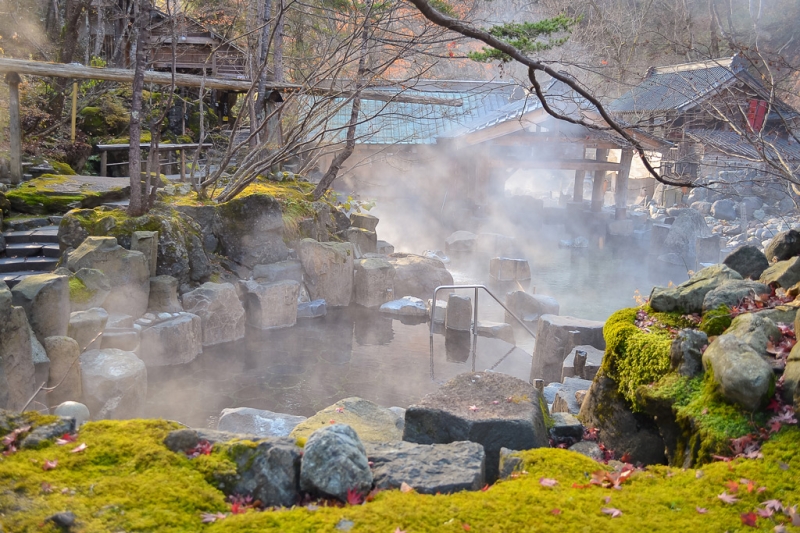
2. Kyoto
Kurama Onsen (くらま温泉). Website: www.kurama-onsen.co.jp
Located in the picturesque Kurama region – a secluded place at the foot of the mountains. Fresh air from the river, the subtle aroma of Japanese cedar and a beautiful landscape are indispensable attributes of swimming in this open spring. The restaurant offers a sufficient number of delicious dishes for you to choose according to your taste. You can spend the night in a traditional Japanese room with tatami, it will cost 17,000 yen (10,170 rubles) plus tax for two. The water in the onsen contains hydrogen sulfide, which helps with rheumatism and neuroses.
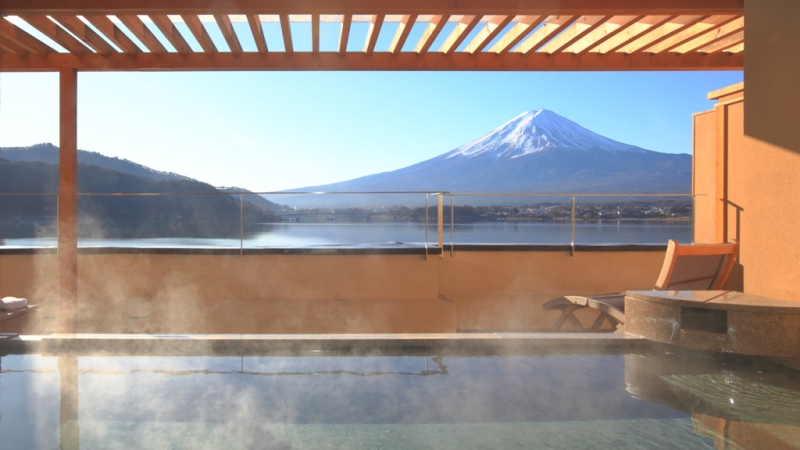
3. Hakone
Website: www.hakoneyuryo.jp
Hakone (箱根湯寮) is a popular tourist destination in Kanagawa Prefecture with Japan’s most famous hot springs, located near Mount Fuji and an hour’s drive from Tokyo (you can stay in Tokyo here). This village is also famous among manga fans and has a museum of the Little Prince.
Traditional style onsen that not only has communal pools (indoor and outdoor),
but also 19 separate rooms; saunas are also available. Alkaline water helps with neuralgia, arthritis, and fatigue. You can order a massage. At the establishment you can sit in the courtyard with a Japanese-style garden, have lunch, buy souvenirs and tasty gifts.
One visit costs 1400 yen (840 rubles).
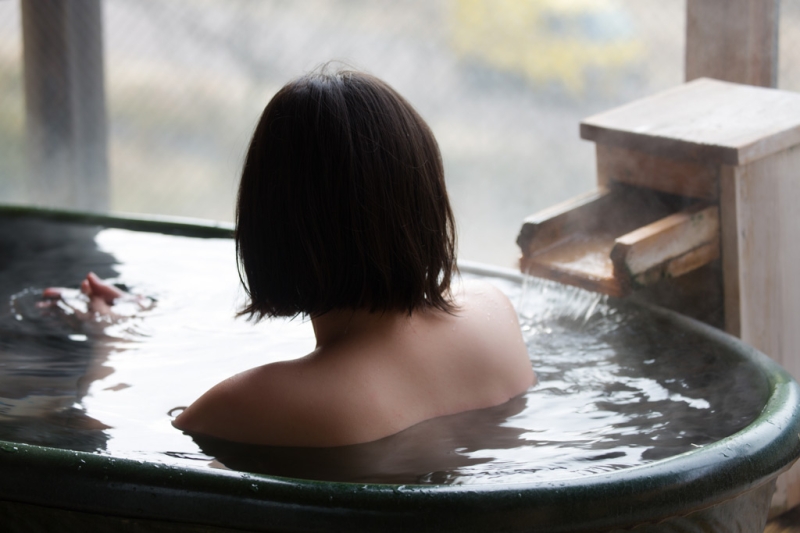
4. Nikko – one of the oldest religious and pilgrimage centers in Japan
Kinugawa Onsen (鬼怒川温泉). Website: www.kinugawaonsenhotel.com
This onsen and hotel is located near the temples and the Edo Mura Historical Amusement Park. You can bathe in it both in porcelain baths and in a spring decorated with wood. The symbol of this onsen is a demon, since the name of the river flowing here is translated as «River of the Angry Demon» (due to frequent floods).
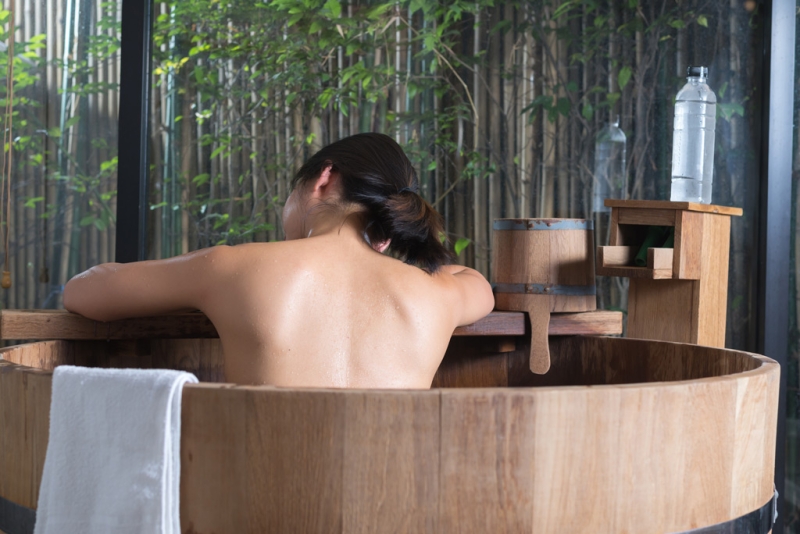
5. Gumma Prefecture
Kusatsu Onsen (草津温泉). Website: www.kusatsuonsen-international.jp
This onsen has been ranked number one on the list of the best onsen in Japan for 10 years in a row. There is a huge outdoor pool, many types of baths and even a waterfall. In this establishment you can visit a cafe, restaurant, free and paid recreation areas.
Admission for adults: 800 yen (480 rubles).
For all lovers of solitude and tranquility, we have a list of the ten most beautiful places that have not yet been chosen by tourists. Happy reading!

